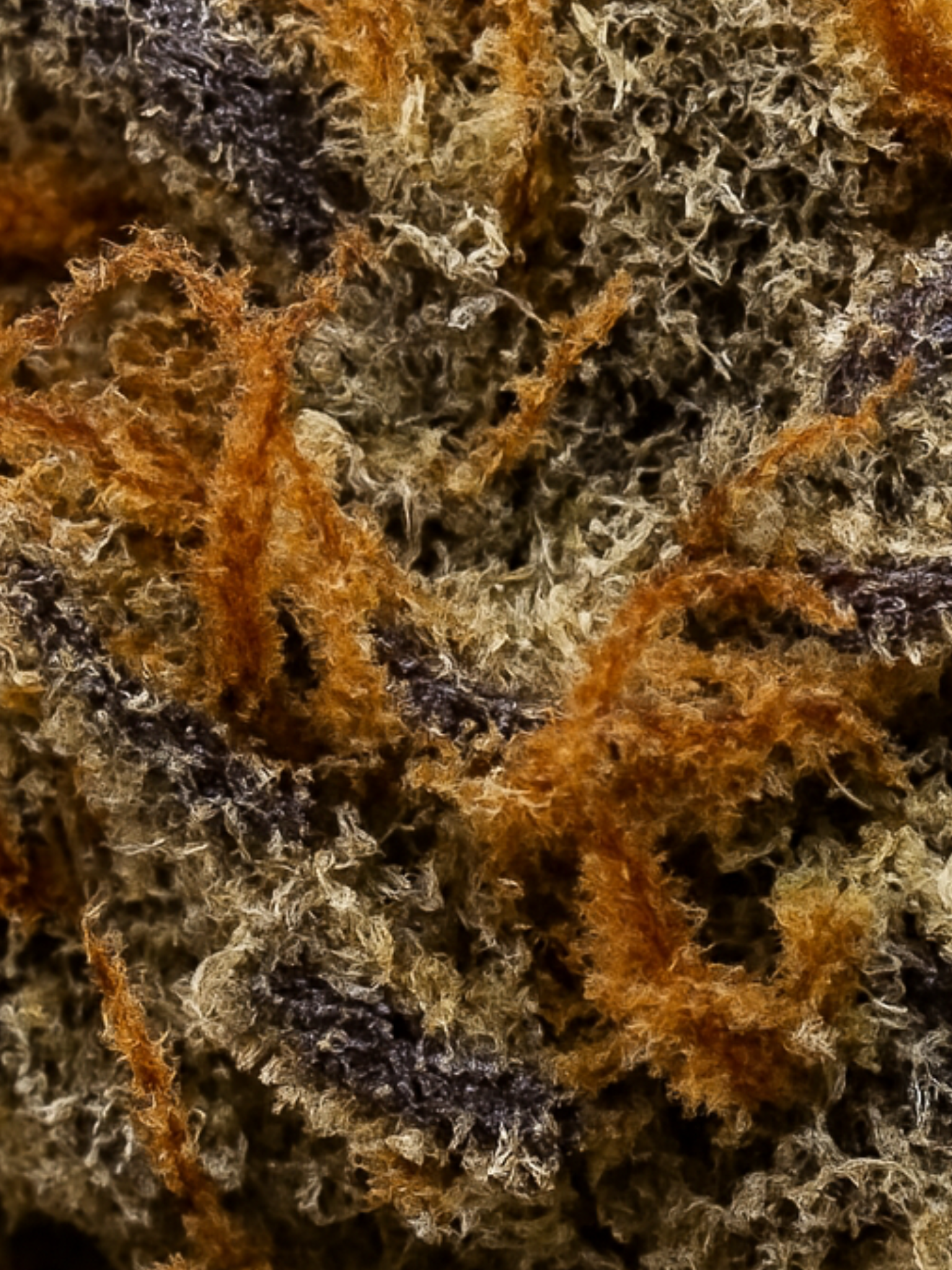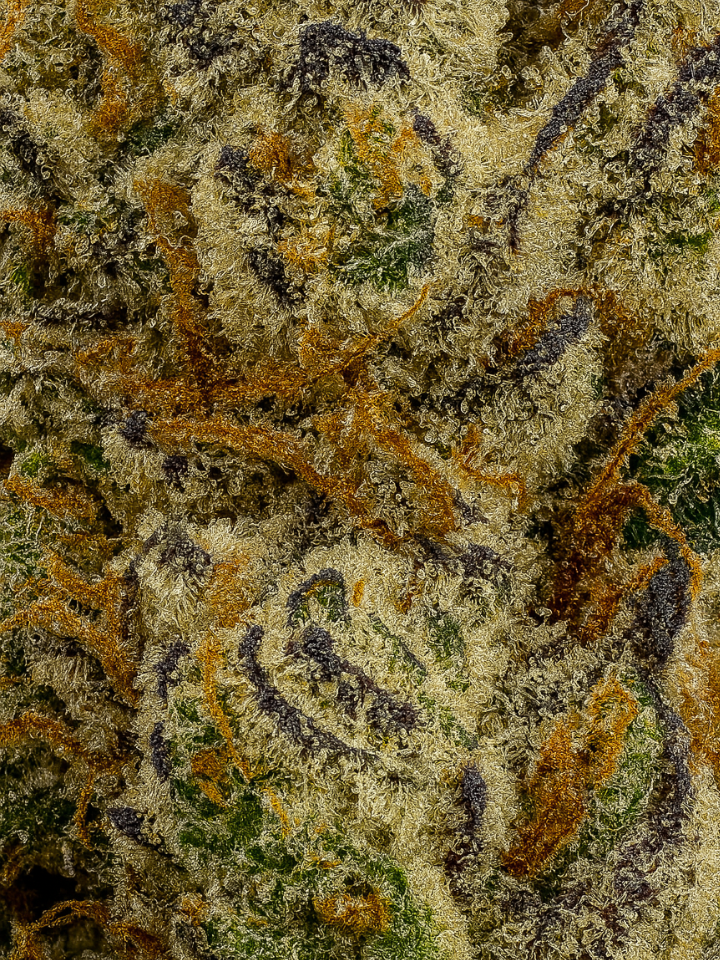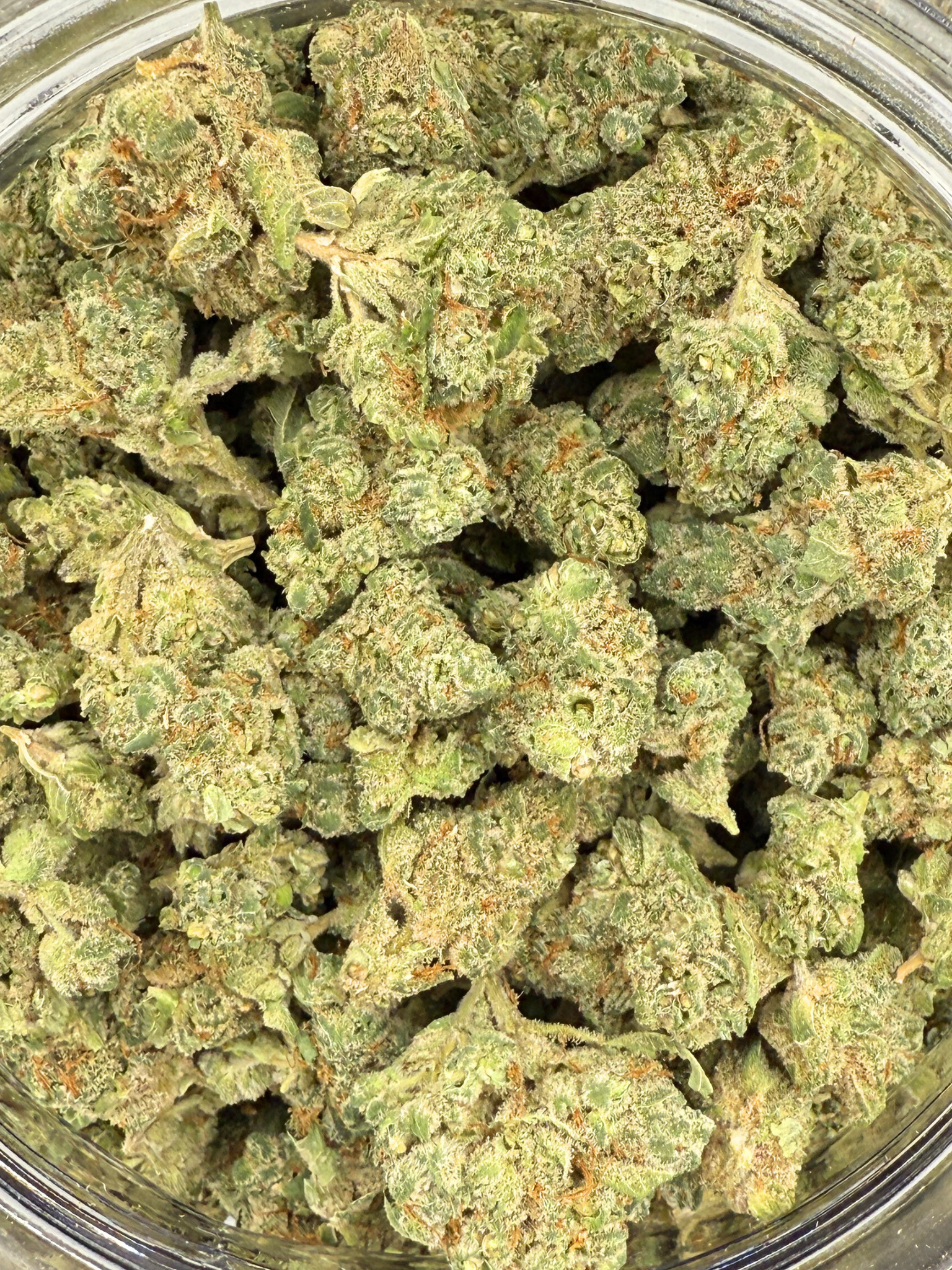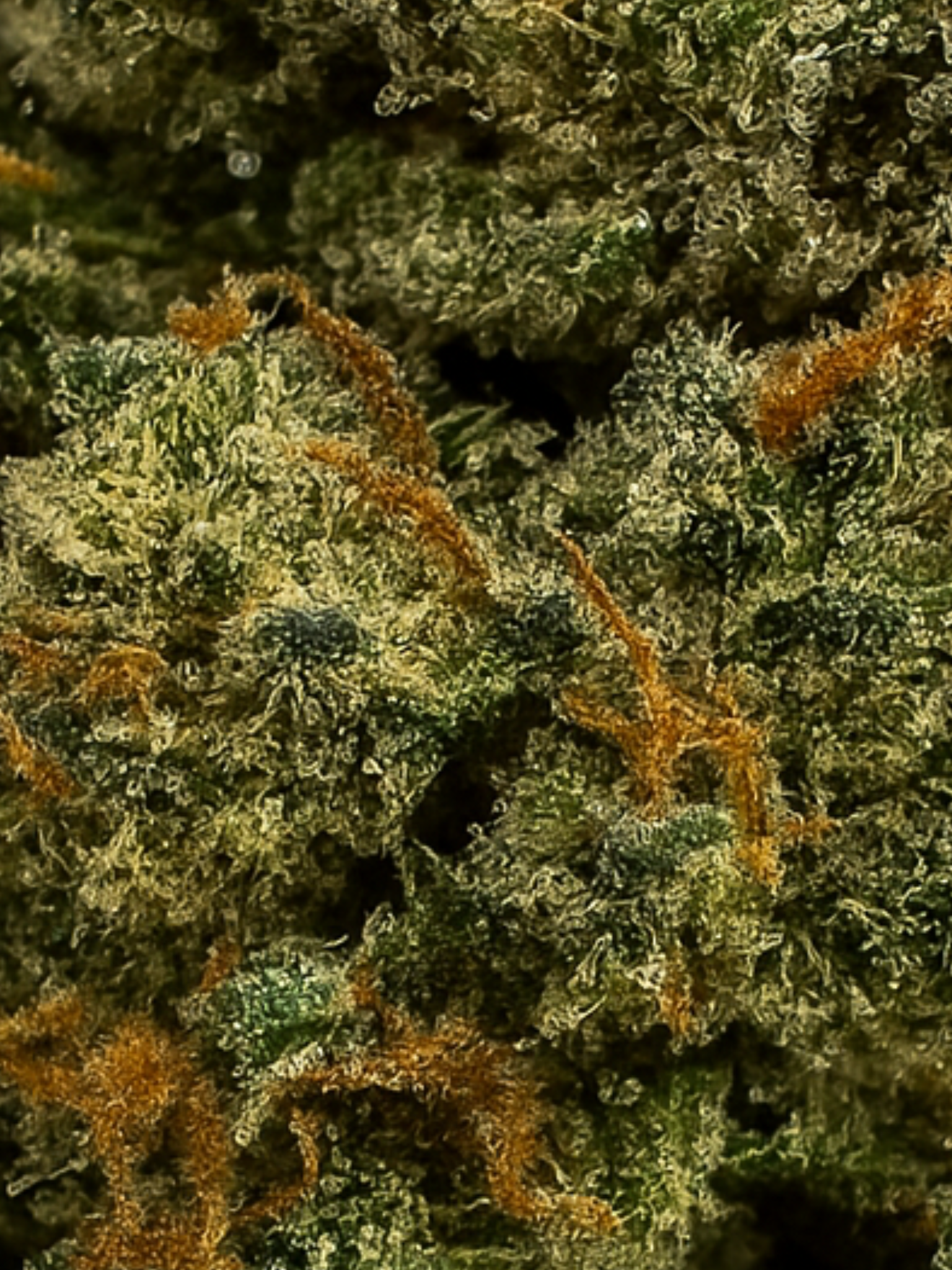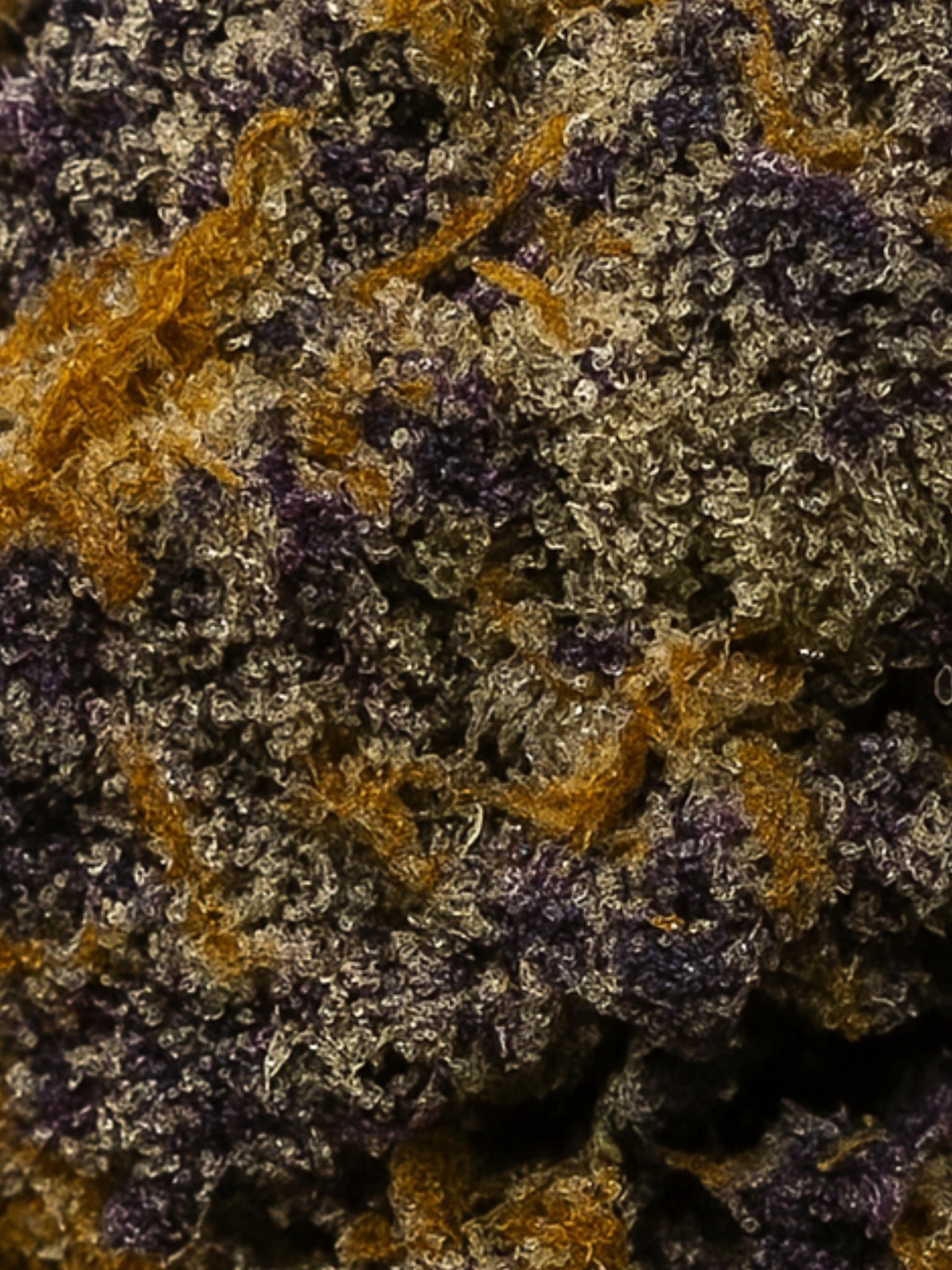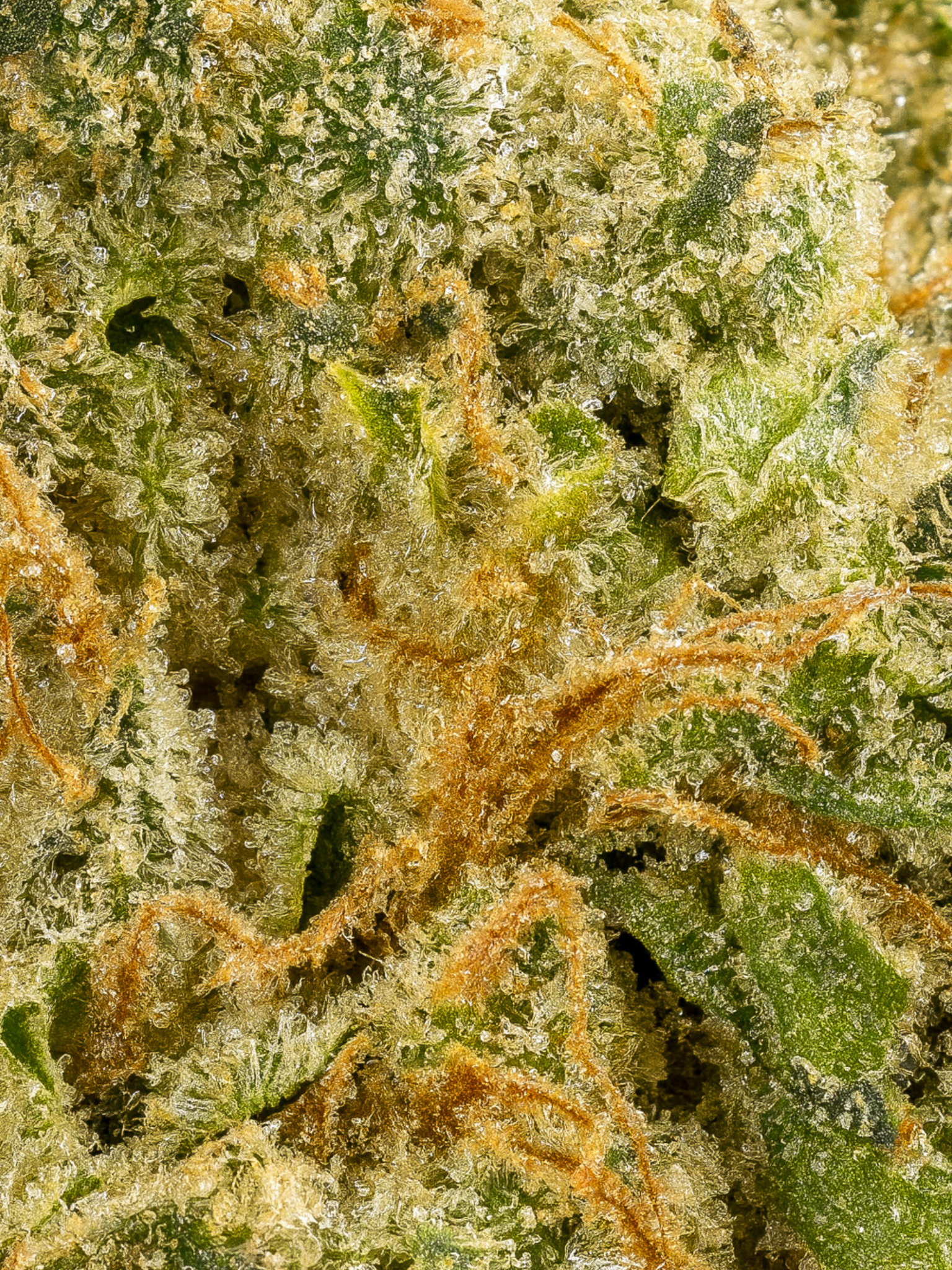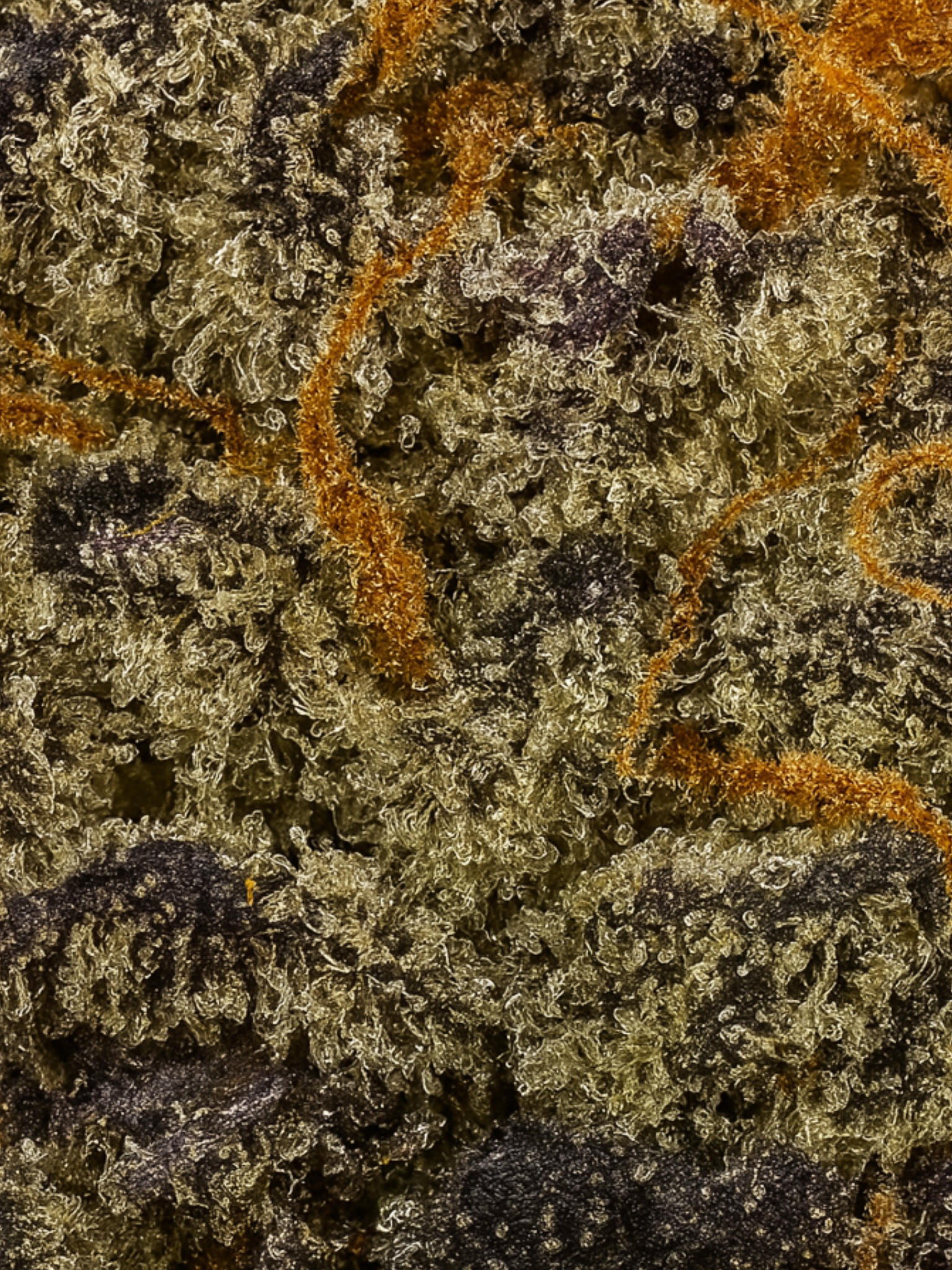Standing at a dispensary counter can make the choice between indica vs sativa feel overwhelming. These two types of cannabis have earned their place in the market. Their distinct characteristics make a significant difference in your experience.
Our team has studied and experienced the variations between indica and sativa strains extensively. We want to help clear up any confusion. The right choice depends on what you seek - relaxation, energy, or therapeutic benefits. Understanding how indica and sativa strains affect you differently becomes crucial. This piece covers everything you need to know about these two main cannabis types and their unique properties, from physical differences to mental effects.
Understanding Cannabis Plant Types
The world of cannabis plant types reveals fascinating differences in their unique features. Research has found that there was more to indica and sativa varieties than what most people know.
Physical Characteristics of Indica and Sativa
Indica plants grow as short, stocky bushes that reach 2-4 feet in height with broad, dark green leaves. Sativa plants grow much taller and can stretch between 5-18 feet or more. They have thin leaves with a lighter green color [1].
Indica plants develop dense, compact branches and thick buds that make them perfect for indoor growing. The sativa varieties show a more open growth pattern. Their branches can spread up to 4 feet from the main stalk [2].
Chemical Composition and Cannabinoids
These plants show interesting variations in their chemical makeup. Indica strains often have a CBD:THC ratio close to 1:1. Sativa strains usually show a 3:5 ratio [3]. Modern hybridization has blurred these traditional chemical differences by a lot.
The Role of Terpenes
Scientists now believe terpenes are vital in determining cannabis effects. Here's what research shows about key terpenes:
- Myrcene: Creates sedating effects when present above 0.5% concentration [4]
- Limonene: Produces uplifting effects and citrus aroma
- Alpha-pinene: Helps reduce memory impairment [4]
Research shows that terpene profiles give better insight into potential effects than just indica vs sativa classifications. Experts now suggest moving away from strict indica/sativa labels. They recommend detailed biochemical analysis of cannabinoid and terpene content instead [4].
Research has found that there was a strong influence of environmental factors like climate, soil conditions, and growing techniques on cannabinoid and terpene production. This explains why the same strain shows different characteristics under various growing conditions [1].
Effects on Mind and Body
Research shows that indica and sativa strains affect the mind and body in different ways. Each person's chemistry can change how they react to these strains.
Indica's Relaxation Properties
Our research reveals that indica strains create strong body-centered effects. People who use indica say they feel "sleepy/tired" (72%) and "relaxed" (85%) [5]. These calming effects make indica a great choice for nighttime use. The numbers back this up - 62% of users prefer taking indica before bed [5].
Sativa's Energizing Impact
Sativa strains create quite different effects. Users report feeling:
- "Alert" (54%)
- "Energized" (54%)
- "Motivated" (52%)
- "Focused" (55%)
- "Happy/Euphoric" (66%) [5]
The data shows that 19% of people choose sativa in the morning, while 30% use it during the day [5]. These timing preferences match well with sativa's energizing effects.
Hybrid Strain Combinations
Our analysis shows most modern cannabis varieties are hybrids that blend indica and sativa traits. The parent strains' genetics determine how these hybrids will affect users.
Your body's chemistry plays a vital role in how you'll respond to different strains. Things like tolerance, dosage, and your state of mind when using cannabis can shape your experience [6].
The effects of hybrid strains often match their genetic makeup. A hybrid with more indica genes tends to be more relaxing, while sativa-dominant varieties usually give users more energy [7].
Medical Applications
Our research on medical cannabis has shown some amazing things about how indica and sativa strains help patients in different ways. Clinical observations gave us solid evidence about their unique medical benefits.
Pain Management Options
Research shows that patients prefer indica strains to manage pain. About 85% of chronic pain patients got better relief when they used indica-dominant varieties [4]. The results show that patients with chronic pain conditions had better outcomes with indica strains for:
- Joint pain relief
- Neuropathic pain management
- Spasticity reduction
- Non-migraine headaches [4]
Mental Health Benefits
Sativa and indica strains work differently for mental health issues. Patients choose sativa strains to help with depression and anxiety, and 66% of users say their mood improved and anxiety decreased [5].
| Condition | Preferred Strain | Reported Efficacy |
|---|---|---|
| Depression | Sativa | 52% improvement [5] |
| Anxiety | Balanced Hybrid | 54% symptom reduction [5] |
| PTSD | Indica-dominant | 70% improvement [8] |
Sleep and Anxiety Treatment
Studies show that indica strains work well for sleep problems. About 72% of users feel "sleepy/tired" with indica varieties [5]. CBD-dominant strains are vital for anxiety treatment, especially when combined with indica properties.
Patients using indica strains for sleep disorders saw these benefits:
- They fell asleep faster [9]
- They woke up less during the night [9]
- Their overall sleep quality got better [9]
The timing makes a big difference - 62% of patients get the best results using indica strains at night [5]. Sativa and balanced hybrid strains help manage daytime anxiety without making patients too sleepy.
Choosing Your Ideal Strain
The perfect cannabis strain choice depends on your unique needs and circumstances. Your body's response to different strains plays a significant role in achieving the results you want.
Assessing Your Needs
You should start with a clear understanding of your goals. Research shows that sativa strains attract 54% of users who need energy and focus [10]. These strains work great for daytime productivity. All the same, users seeking relaxation or pain relief get better results with indica strains, as 85% report improved relaxation effects [10].
The most significant factors to think about when choosing a strain include:
- Physical symptoms you want to address
- Desired mental effects
- Previous cannabis experiences
- Current medications or health conditions
Tolerance Considerations
Our extensive research shows that tolerance builds up differently in each person. Regular cannabis users might need to adjust how much they use, since studies show daily users have more sleep issues than occasional users [11].
| Frequency of Use | Tolerance Development | Recommended Action |
|---|---|---|
| Daily | High | Regular tolerance breaks |
| Weekly | Moderate | Strain rotation |
| Occasional | Low | Standard dosing |
Time of Day Usage
Research shows that 19% of users prefer sativa strains in the morning [12], while 62% choose indica varieties at night [12]. Balanced hybrids work best during midday since they offer moderate effects without making you too sleepy.
The THC content should match your daily schedule. Daytime strains with 15-17% THC typically give you the right effects without excessive drowsiness [13]. Night-time strains can have higher THC levels between 17-26% [13].
Common Misconceptions
Our research into cannabis classifications has revealed several systemic problems that need attention. Scientists and consumers keep learning more about cannabis, and new evidence challenges many long-held beliefs.
The Indica vs Sativa Myth
The traditional indica vs sativa difference proves meaningless scientifically, just like many other botanical classifications. Our genetic analyzes show no clear separation between these commonly referenced types [3]. Research that looked at nearly 300 cannabis samples found that strains labeled as indica were just as closely related to sativa strains as they were to other indica strains [14].
THC Content Assumptions
THC content myths go hand in hand with classification errors. Many consumers think higher THC means better quality and stronger effects. Our research shows that THC percentage has no connection to cannabis quality and doesn't indicate potency well [15].
The sort of thing I love from our studies:
- Lab testing for THC potency lacks regulation and results vary widely
- Blood THC levels don't match impairment levels directly
- Higher THC content doesn't guarantee better medical benefits
Strain Classification Errors
Genetic testing of commercially available strains revealed major inconsistencies in classifications:
| Aspect | Finding |
|---|---|
| Genetic Consistency | Most strains contained at least one genetic outlier [3] |
| Strain Names | Two samples labeled "OG Kush" were more similar to other strains than to each other [16] |
| Clone-only Strains | All but one of these samples showed differentiation within the strain [3] |
The effects people associate with indica or sativa actually come from the plant's unique combination of cannabinoids and terpenes [4]. High myrcene content likely causes the sedation people associate with indica strains. Higher limonene levels might create the energizing effects linked to sativa strains [4].
Chemical profiles of cannabis products provide better effect predictions than traditional indica/sativa classifications [14]. This approach helps users understand what to expect from different products.
Comparison Table
| Characteristic | Indica | Sativa |
|---|---|---|
| Physical Traits | ||
| Height | 2-4 feet | 5-18 feet |
| Leaf Type | Broad, dark green | Thin, light green |
| Plant Structure | Dense, compact branches | Open growth pattern with longer branches |
| Chemical Composition | ||
| CBD:THC Ratio | 1:1 | 3:5 |
| Effects | ||
| Relaxation | 85% report feeling relaxed | Not mentioned |
| Energy Level | Sleepy/tired (72%) | Alert/Energized (54%) |
| Mood Effects | Not mentioned | Happy/Euphoric (66%) |
| Focus | Not mentioned | 55% report increased focus |
| Usage Patterns | ||
| Preferred Time | Evening (62%) | Morning (19%), Midday (30%) |
| Medical Applications | ||
| Pain Management | 85% effectiveness for chronic pain | Not mentioned |
| Mental Health | Works well for PTSD (70%) | Depression improvement (52%) |
| Sleep | 72% report improved sleep | Not mentioned |
| Growing Characteristics | ||
| Indoor Suitability | Perfect for indoor growing | Height makes indoor growing difficult |
| Branch Spread | Compact | Up to 4 feet from main stalk |
Conclusion
The difference between indica and sativa strains helps you make better cannabis choices. Our research shows that while traditional labels can guide you, the real story goes beyond simple categories.
Science tells us that terpene profiles and cannabinoid ratios determine the effects more than strain names. Pain management and sleep improvement work better with indica strains - 85% of chronic pain patients report substantial relief. Sativa strains boost energy and focus, with 54% of users saying they feel more alert.
Your personal needs should drive your strain choice. The key to success is matching your symptoms or desired mental effects with the right chemical profiles. Your tolerance levels and when you use cannabis also affect how well it works.
Research keeps improving our understanding of these plants. We suggest you look beyond indica or sativa labels. The complete strain profiles, including terpene content and cannabinoid ratios, will help you get the best results for your needs.
FAQs
Q1. How do indica and sativa strains differ in their effects? Indica strains typically produce relaxing and calming effects, with 85% of users reporting feeling relaxed. Sativa strains tend to be more energizing and uplifting, with 54% of users feeling alert and energized. However, individual experiences can vary based on personal chemistry and the specific strain's composition.
Q2. Can cannabis strains help with medical conditions? Yes, different cannabis strains can potentially help with various medical conditions. Indica strains are often preferred for pain management, with 85% of chronic pain patients reporting significant relief. Sativa strains are more commonly chosen for managing depression and anxiety, with 66% of users reporting improved mood and reduced anxiety symptoms.
Q3. How do I choose the right cannabis strain for my needs? Choosing the right strain involves assessing your specific needs, considering factors like desired effects, time of day usage, and tolerance level. For energy and focus, sativa strains are often preferred, while indica strains are typically chosen for relaxation or pain relief. It's also important to consider the strain's chemical profile, including cannabinoid ratios and terpene content.
Q4. Is there a significant difference in THC content between indica and sativa strains? The THC content doesn't necessarily differ between indica and sativa strains. It's a common misconception that higher THC content means better quality or stronger effects. In fact, the effects of cannabis are more closely related to the plant's unique combination of cannabinoids and terpenes rather than just THC content or strain classification.
Q5. Are the traditional indica and sativa classifications scientifically accurate? Recent research suggests that the traditional indica vs sativa classification is not scientifically accurate. Genetic analyzes show no clear distinction between these commonly referenced types. The effects often attributed to indica or sativa are actually determined by the plant's unique combination of cannabinoids and terpenes, rather than its classification as indica or sativa.
References
[1] - https://pmc.ncbi.nlm.nih.gov/articles/PMC4604179/
[2] - https://pubmed.ncbi.nlm.nih.gov/36648357/
[3] - https://pmc.ncbi.nlm.nih.gov/articles/PMC7815053/
[4] - https://pmc.ncbi.nlm.nih.gov/articles/PMC5576603/
[5] - https://pmc.ncbi.nlm.nih.gov/articles/PMC8517044/
[6] - https://www.webmd.com/mental-health/addiction/indica-vs-sativa-whats-the-difference
[7] - https://www.leafly.com/news/cannabis-101/sativa-indica-and-hybrid-differences-between-cannabis-types
[8] - https://www.medicalnewstoday.com/articles/322051
[9] - https://bmcpsychiatry.biomedcentral.com/articles/10.1186/s12888-022-03948-6
[10] - https://www.healthline.com/health/beginners-guide-to-marijuana-strains
[11] - https://www.sleepfoundation.org/sleep-aids/cannabis-and-sleep
[12] - https://www.leafly.com/news/strains-products/best-weed-strains-for-daytime
[13] - https://www.healthline.com/health/sativa-strains
[14] - https://www.forbes.com/sites/dariosabaghi/2021/10/20/stop-using-indica-and-sativa-labels-for-cannabis-study-says/
[15] - https://timbercannabisco.com/why-thc-percentage-doesnt-matter/
[16] - https://www.dal.ca/news/2022/01/07/cannabis-labels-study-indica-sativa.html



